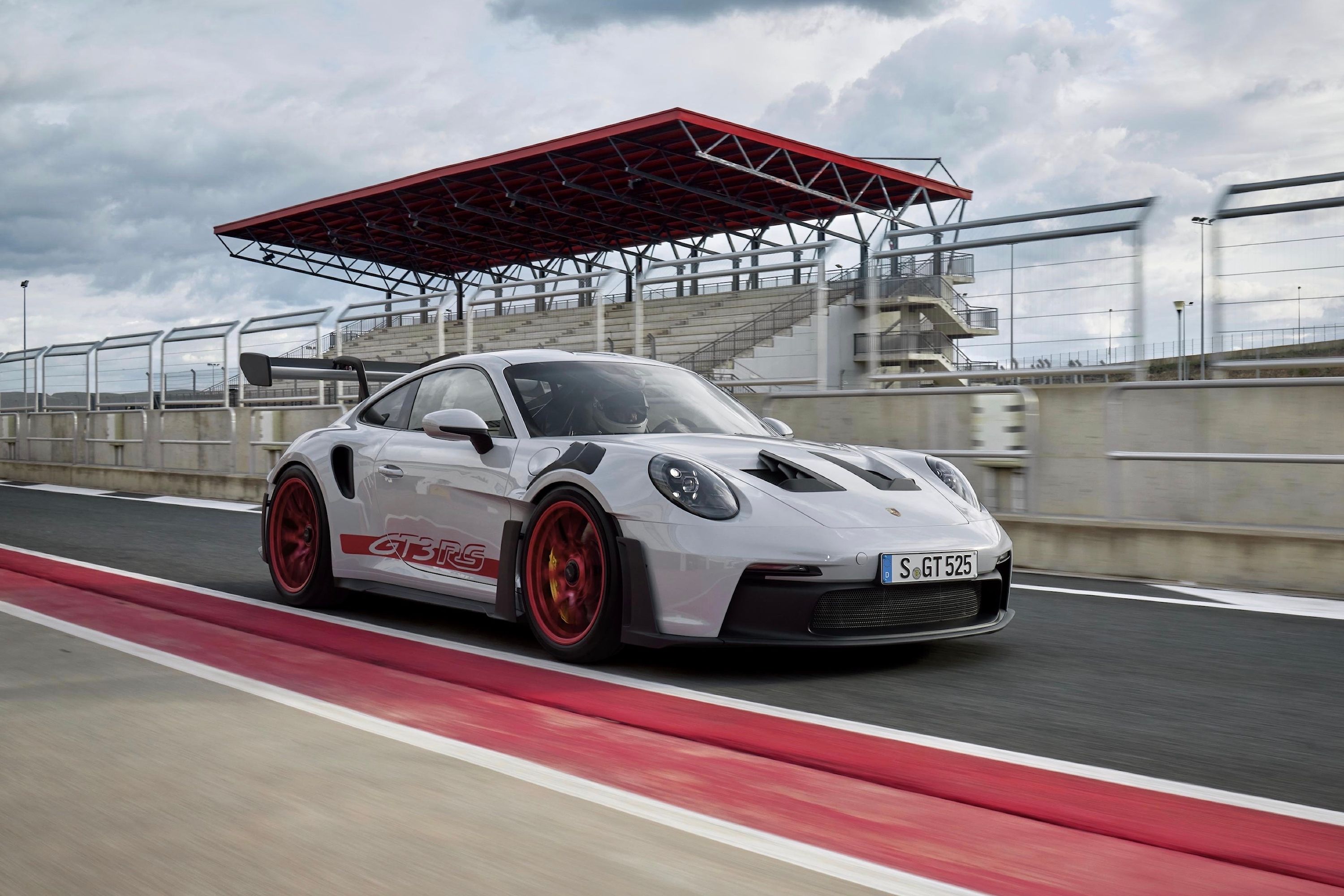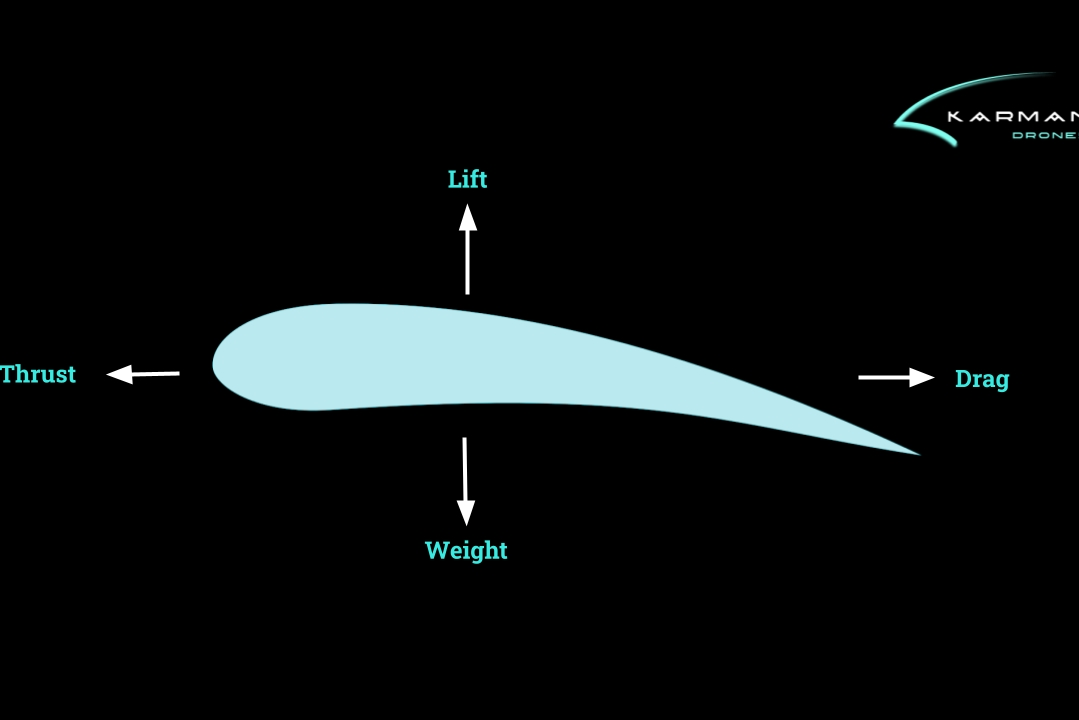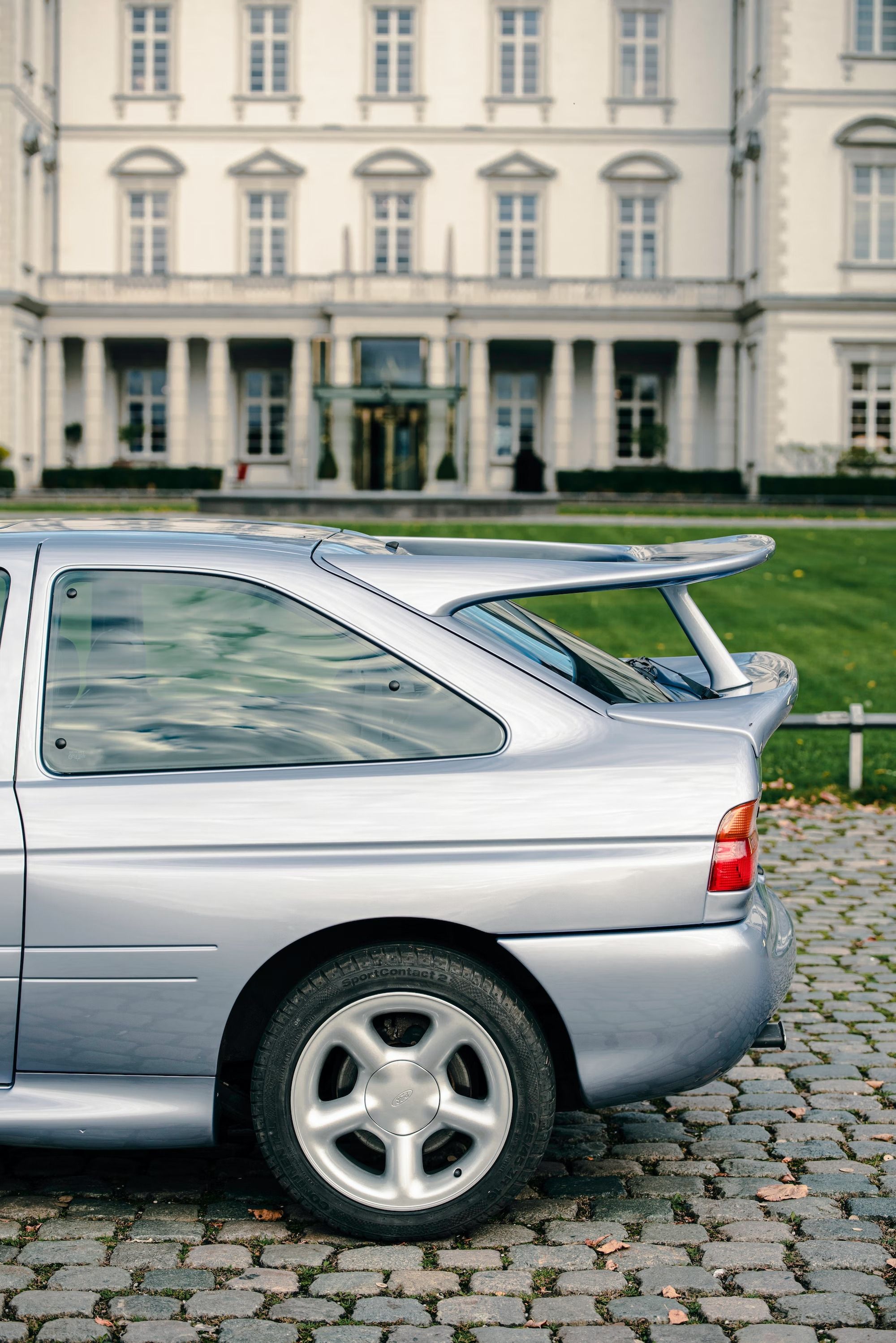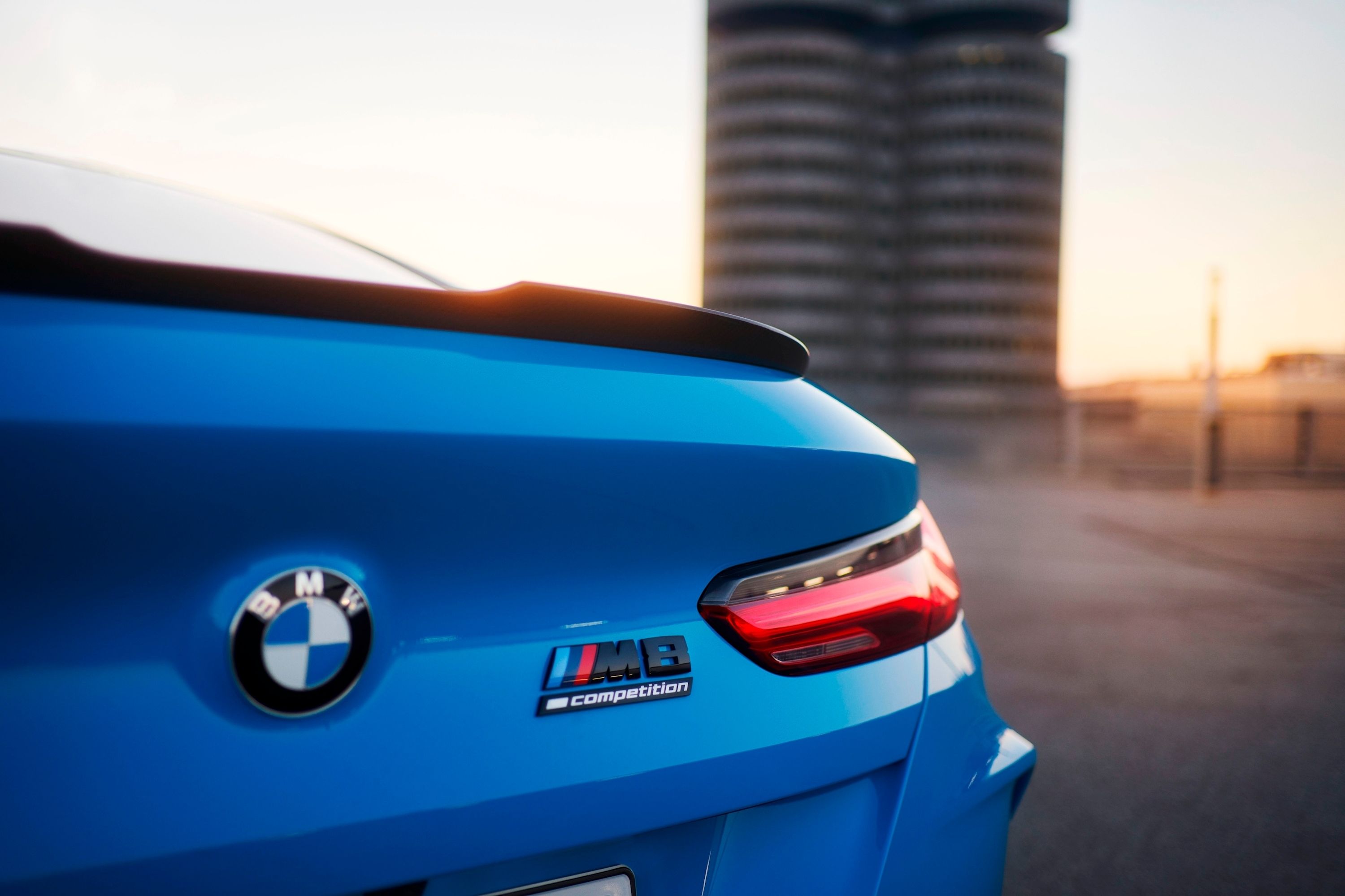
What's the difference between a spoiler and a wing? Are the two the same thing, and can the terms be used interchangeably? Not quite, although some cars, like the new Porsche 911 GT3 RS, have both a wing and a spoiler. Seeing as both spoilers and wings are aerodynamic add-ons to a car, many enthusiasts have taken to using the terms interchangeably. While it's true that both spoilers and wings perform aerodynamic functions, their effects and modes of operation are quite different.
The simple differentiation between the two concepts is their intended purpose. A wing is almost exclusively intended to increase the downforce on the car, while a spoiler is used to interrupt the airflow over a car's body to achieve specific aerodynamic goals, be it drag reduction, keeping windows clear of road muck, or enhancing the efficiency of a spoiler.
How A Wing Works: Reverse Flight
The simplest way to visualize the function of a wing is by considering an airplane's wing profile, also known as an airfoil shape. Because airplanes need to generate lift to take off and stay in flight, their wings are shaped to create a low-pressure area above their top surface and a higher-pressure area underneath their lower surface.
This is achieved by enlarging the top surface of the wing relative to the lower surface, thus speeding up the air flowing over the top of the wing and creating an area of low pressure over the wing. The pressure difference between the top- and bottom wing surfaces then generates lift. It is important to note that air has to flow over both surfaces of the wing to create lift - taking one side of the wing out of the equation will leave it completely ineffective. Wings also induce aerodynamic drag, which imposes an extra load on the propulsion system and increases fuel consumption.
Now consider a car's wing, which will typically be mounted at or near the rear end of the car. If the airfoil shape were to be applied here in the same way as it is used in planes, the wing will generate lift, rendering the car's rear end unstable. However, turning the airfoil upside down will generate negative lift, and try to push the car's rear end down on the road. This is called downforce, and using a wing to achieve it is the easiest way to improve the car's stability at speed, albeit at the expense of added drag on the car.
It's this additional drag that has caused airfoils to fall out of favor as a means to increase downforce in automotive applications. Since the 1960s, engineers have been exploring means of achieving downforce without incurring the drag penalty inherent in wings, and progress in this regard has been such that big wings are now mainly relegated to hardcore racing cars. However, executions on road do exist, like on the new Porsche 911 GT3 RS which uses a massive top-hung wing with DRS functionality.
To help alleviate the issues of drag, manufacturers equip many modern wings with active aerodynamic functionality. At lower speeds, where a wing's downforce is still comparatively negligible, but aerodynamic drag is already significant, active aero allows the wing to be retracted or set at a different angle to minimize aerodynamic drag.
At high speeds, when downforce in sweeping corners becomes critical to keep the car on the tarmac, the wing will extend or change its angle to generate downforce. Some applications even deploy the wing only in certain conditions, retracting in a straight line to reduce drag before popping up or taking on a more-aggressive angle under braking or upon steering input.
Wings have some definite disadvantages, and overcoming those downsides often entails extra complexity and more-intelligent control systems. That is, unfortunately, the nature of wings, and it is very difficult to have the best of both worlds in real life.
How A Spoiler Works: All About That Airflow
Spoilers are something else entirely, and the reason for their implementation is in the term itself: they spoil the airflow over a car's body surface to achieve certain objectives. We discussed the need for airflow over both sides of a wing for it to generate lift or downforce, but spoilers don't have the same requirement, because they operate on different principles.
Spoilers disrupt the airflow over the surface of a car, either to guide the airflow in a certain direction, or to break up drag-inducing vortices around the car. The main point is that they affect only the airflow close to the surface of the car's body, and not further away from the body in the way that wings do. Spoilers are often used at the front of a car, mounted below the front bumper, to direct airflow away from the car's underbody and send it over the car instead.
This has the effect of reducing air pressure under the front of the car and thus reducing front-axle lift, which again pays dividends in high-speed stability. In other applications, spoilers can be used to direct airflow along the car's exterior to avoid interference from the vortices generated next to the wheel wells by the rotating wheels or direct the air straight into those vortices to break them up and reduce overall drag.
Finally, a lip spoiler on a car's trunk lid will also clean up the air behind the car, again reducing drag by allowing the air to separate cleanly from the body rather than clinging to it.
Spoilers mounted on the trailing edge of a car's roof can also slow down the airflow where the roofline meets the rear windshield, forcing the air to follow the car's rear windshield onto the trunk, where it can be more effectively used by a trunk-mounted wing or simply eliminate drag-inducing turbulent flow over the car's trunk lid. The Mitsubishi Evo IX MR's rooftop vortex generators demonstrate this principle nicely - those small fins on the roof's trailing edge actually reduce aerodynamic drag and clean up the airflow over the rear spoiler at the same time.
Wings and spoilers are also often used in unison. A great example is the F82 BMW M4 GTS, where the trunk lid is shaped to create a small spoiler mounted on the trunk lid's rear edge. This creates a stable air pocket in the area between the trunk lid and rear windscreen, helping the airflow to transition smoothly from the car's roof and onto the tall rear wing, leading to more-effective downforce generation and reduced drag. The Aston Martin DBX707 reverses these roles, with its wing at the roof's edge and an integrated spoiler to clean up the downwash after the air has passed the spoiler.
Will Fitting Wings And Spoilers Improve My Car’s Aerodynamics?
It is highly unlikely that adding aftermarket spoilers and wings will bring much benefit to your car's aerodynamics unless you have access to a wind tunnel and CFD (Computational Fluid Dynamics) software with which to test their effects on your car. Getting a hold of a complete OEM aero kit for your car is a different matter, though, because engineers have spent months in a wind tunnel to fine-tune its functionality.
However, be aware that any such additions will most likely only increase the car's fuel consumption and offer no real advantages on-road. That's because your driving speed on the road is far below the threshold where any downforce could become useful. Order that OEM body kit if you wish, though, because at least it looks nice, but don't expect many benefits until you head to the track.



